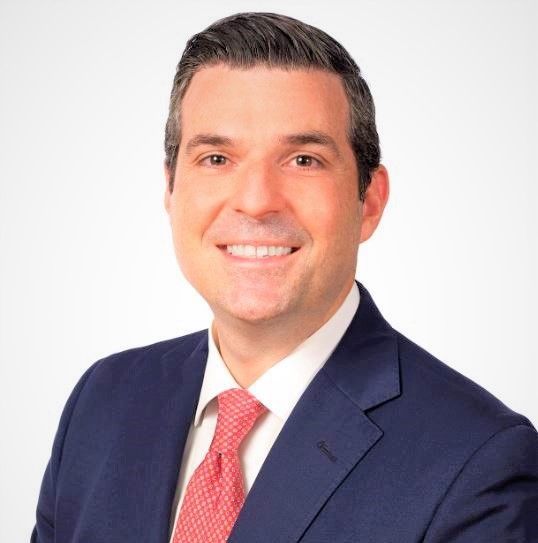Ask a School Insurance Underwriting Expert is a quarterly column addressing insurance and risk management related questions for ABACC members.
If you have a question for Kevin Beer, please submit it via email.

Ask a School Insurance Underwriting Expert is a quarterly column addressing insurance and risk management related questions for ABACC members.
If you have a question for Kevin Beer, please submit it via email.
Your school should review its current security plan to ensure its components cover common threats and those unique to your own campus. Trained security personnel, the placement of cameras at strategic locations, good lighting, and buildings with secure access controls are all within the immediate control of your institution. When these measures are combined to include the regular, visible patrol of security personnel, the sense of security felt by students, parents, visitors, and staff can all be positively impacted. But these elements must be placed into a comprehensive security plan that contemplates these particulars and much more.
Overall security requires a multi-faceted strategy that addresses prevention, preparedness, response, and recovery for a variety of potential risks. Collaboration between multiple stakeholders, including campus police/security, administrators, staff, students, and local emergency services, is required to best understand available resources for identifying and responding to a variety of hazards. The plan should include:
The identification and assessment of risk is an ongoing process. The treatments used in prevention and mitigation must be monitored and reassessed at regular intervals to ensure an optimized approach in an environment that changes and evolves over time.
Communication is key. Your security plan should provide simple, clear, and actionable instructions for the entire campus community on what to do during an emergency. This includes procedures for evacuation, shelter-in-place, and lockdown scenarios.
Heightened attention to security is an imperative at today’s colleges and universities. Parents and students can be counted upon to weigh this in similar measure to academic prowess, given today’s societal considerations. This expectation also raises the stakes for an institution with respect to liability and reputation. An ongoing reassessment of your security risk profile can be aided by exploring how other campuses of similar size and location (such as urban versus rural) address these exposures to help keep your plan sharp and current.
About the Author: Kevin Beer is president of Wright Specialty Insurance, an underwriting manager of specialty insurance and risk management solutions for public and private universities, colleges and K-12 schools. Visit their website or call (877) 976-2111.
Association of Business Administrators
of Christian Colleges
4578 Hidden Ridge Drive
Hudsonville, MI 49426
(877) 303-8666
Fulfill your calling, solve challenges, and maximize resources to accomplish the mission of Christian higher education.